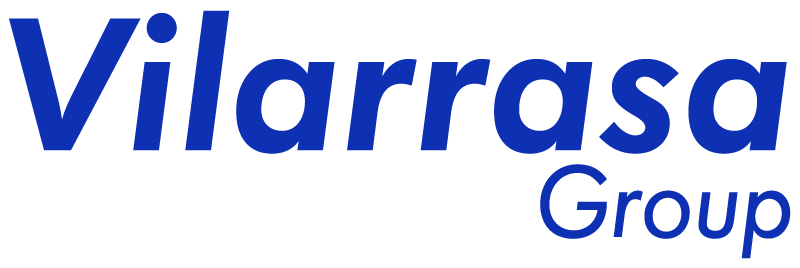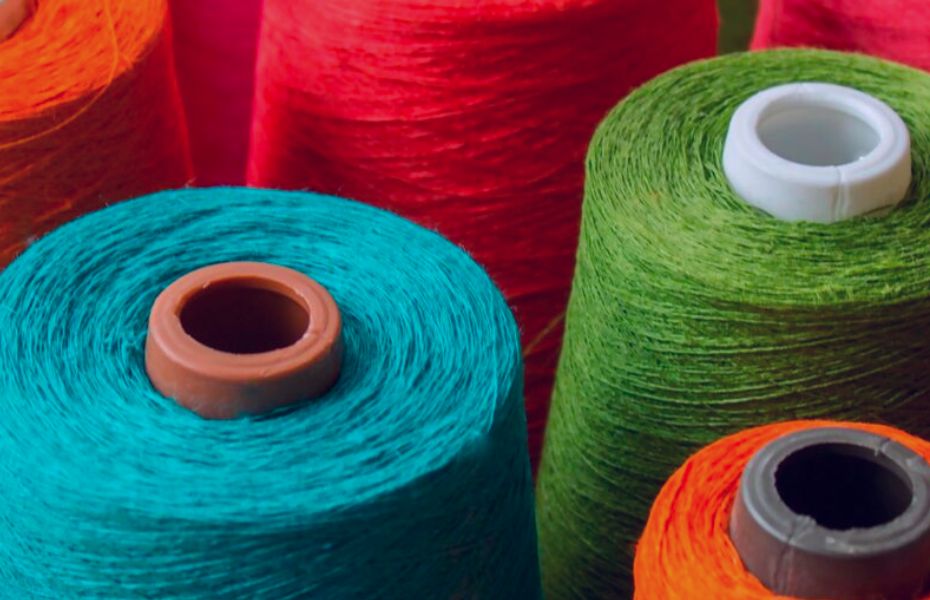The word “recycled” has been part of our lives for a few years now and we are used to using it in our daily lives. In the world of yarns we normally speak of two types of recycled yarns: pre-consumer and post-consumer, the main difference being the point in the life cycle of the product to which it is supplied.
We understand as pre-consumer recycled yarns those manufactured using raw textile waste that the consumer has not yet used. The most common source of supply for this material is rag trimmings, residues from the textile manufacturing process.
On the other hand, we understand post-consumer recycled yarn to be that which uses as raw material textile waste that has already been used by the consumer.
With this difference in mind, it is clear that post-consumer recycled yarns contribute more to the sustainability of our environment, as currently the vast majority of the textile waste generated by our society ends up in landfills or burned in incinerators (approximately 90%). The latest figures stated by “The Circular Lab by Ecoembes” at the end of 2021 show that approximately 92 million tonnes of textile waste is generated globally every year.
We live in a world of limited resources and the need to migrate our economic model to a new model is becoming clearer every day. A model that understands and respects our environment more and better, a circular economy model.
At S. Vilarrasa S.A. we see Post-consumer recycled yarn as a key element to make this change of model possible, and we are fully convinced that it is the raw material of the present that will help us to have a more sustainable future.


